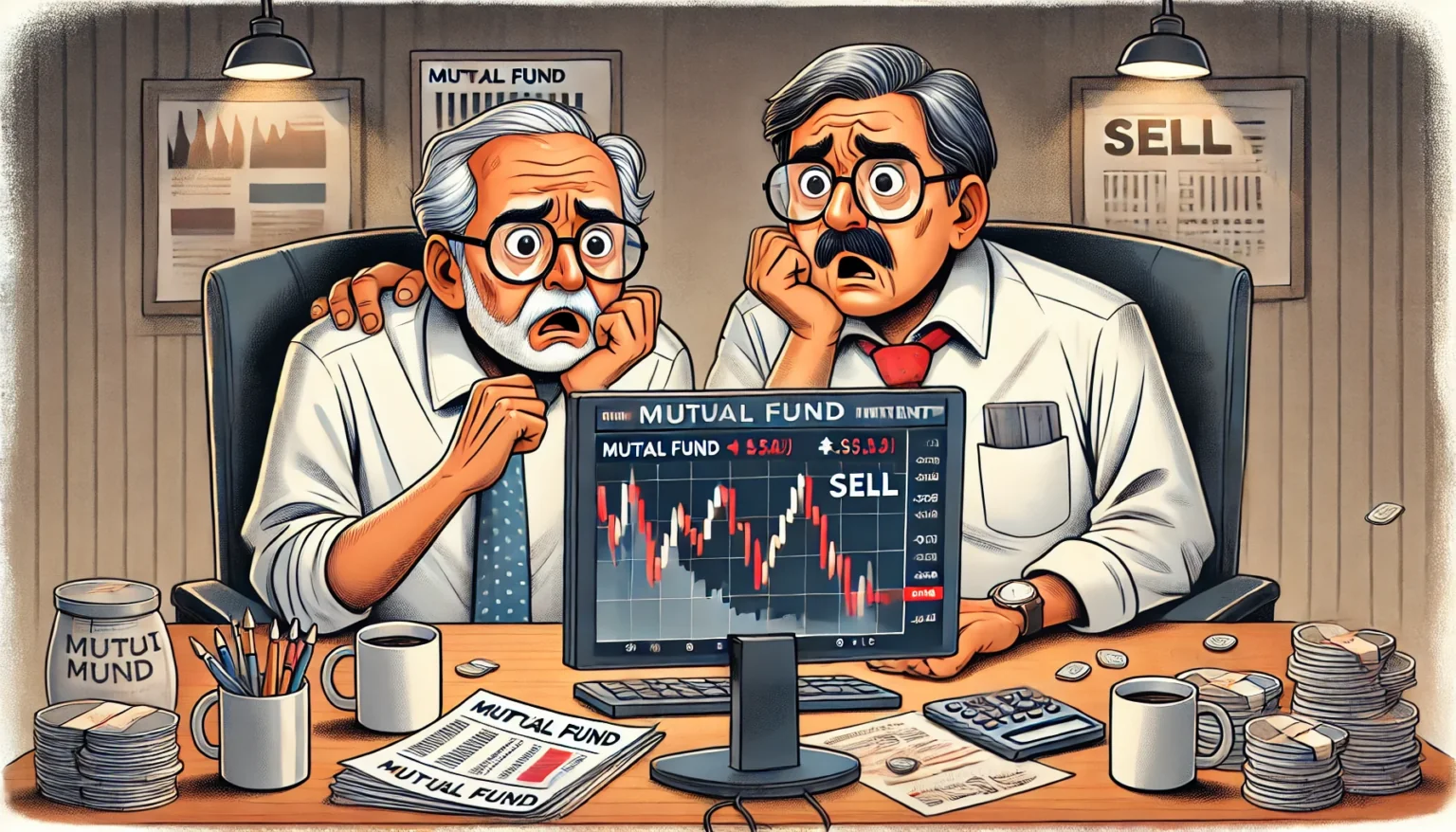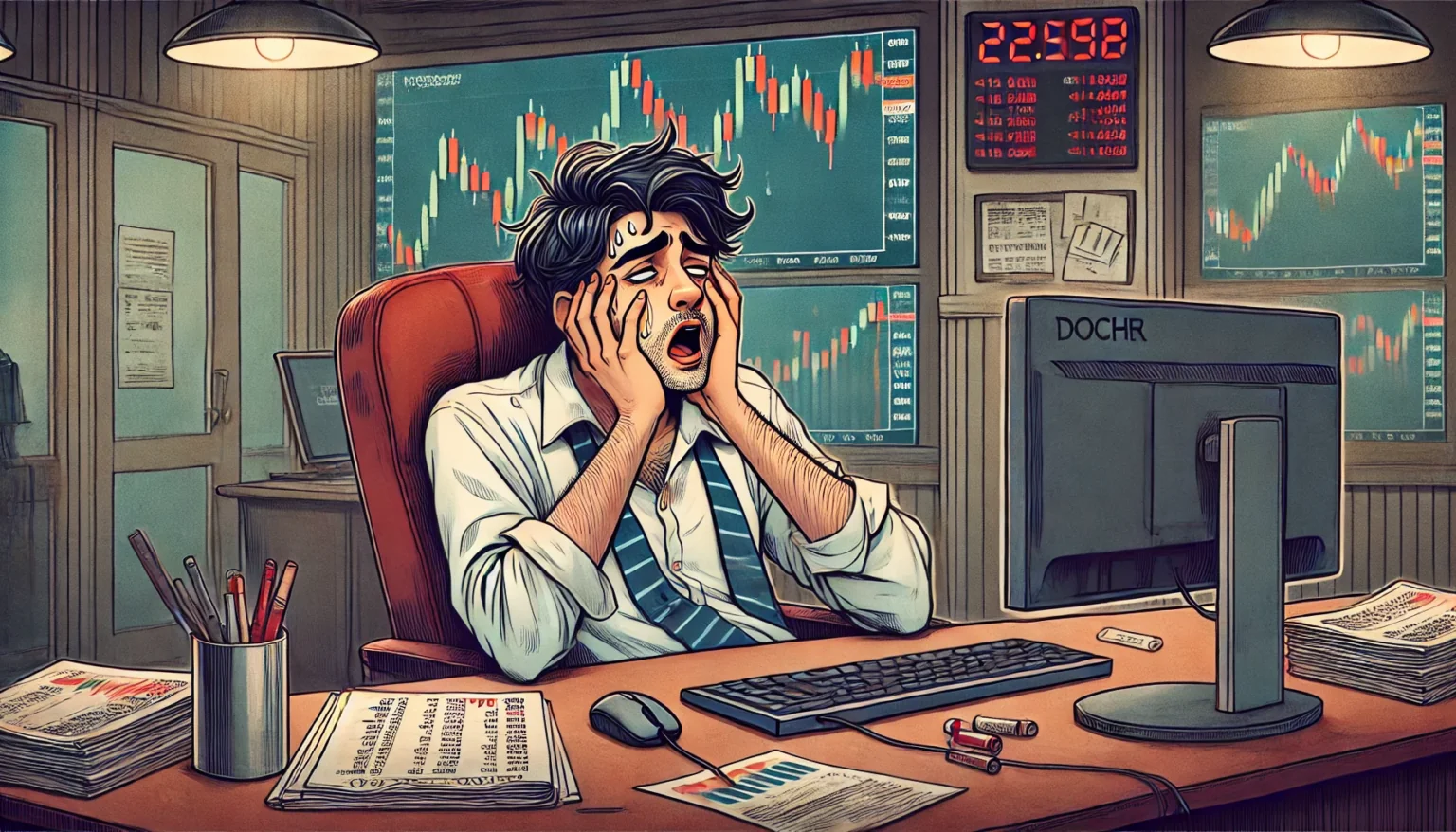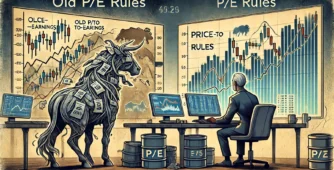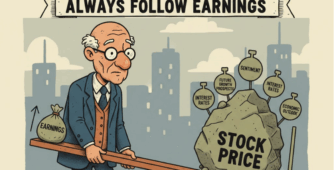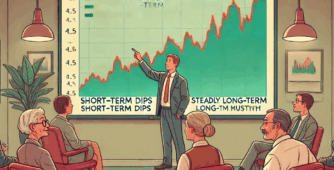Every Crisis Is a Stepping Stone: Lessons from Market History (1986–2025)
A fantastic long-term chart from FundsIndia Research showcases how the Indian stock market has overcome every major crisis in the last 40 years and continued to move higher over time.

From 1986 to 2025, we’ve seen multiple events that shook investor confidence — whether it was the fiscal deficit crisis in 1987–88, balance of payments crisis in 1991, Harshad Mehta scam and the subsequent 54% fall, dot-com crash in 2000 with a 56% fall, the Global Financial Crisis in 2008 where the market fell 61%, or COVID-19 crash of 38% — the market has always bounced back stronger.
Other significant declines included:
2004 elections – market fell 27%
2015–16 global market sell-off + demonetization – 23% fall
European debt crisis in 2011 – 28% correction
Recent volatility in 2024–25
And yet, despite all these shocks, the index has grown 140x since 1986.
The big message? Crises are inevitable, but markets are resilient. India’s structural growth story keeps marching forward. Each crisis was followed by a recovery and eventually new all-time highs. If you’re investing over the next 40 years, staying the course is far more powerful than trying to time the dips.
You won’t invest in lump sum — you’ll earn and deploy capital in stages. But what matters is having faith in the process, accepting the rough patches, and staying consistent. That’s how wealth is created.
WeekendInvesting launches – Portfolio Momentum Report
Momentum Score: See what percentage of your portfolio is in high vs. low momentum stocks, giving you a snapshot of its performance and health.
Weightage Skew: Discover if certain stocks are dominating your portfolio, affecting its performance and risk balance.
Why it matters
Weak momentum stocks can limit your gains, while high momentum stocks improve capital allocation, enhancing your chances of superior performance.


